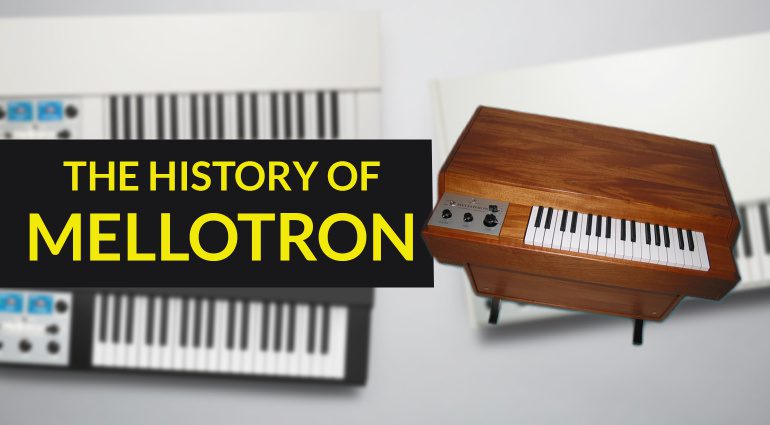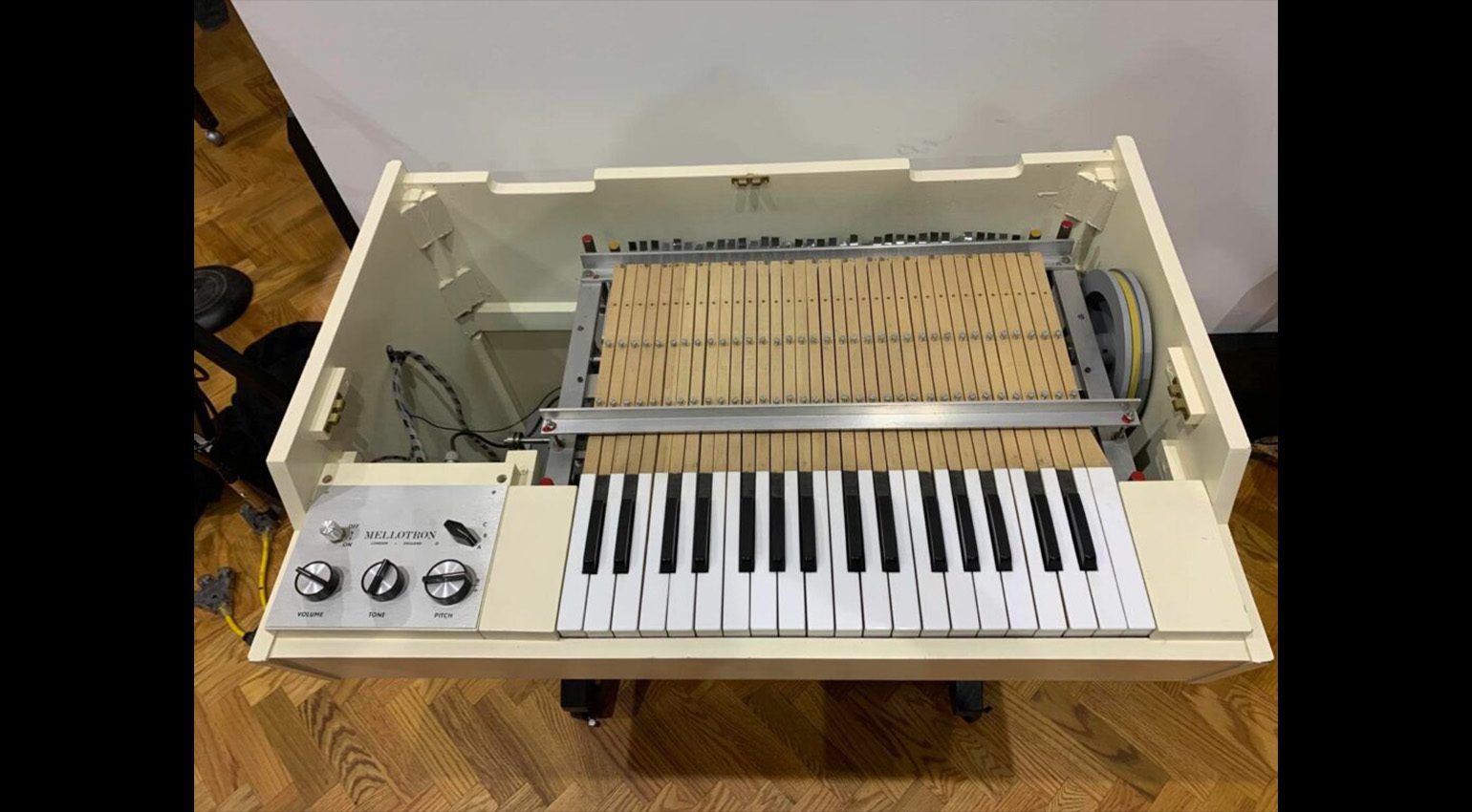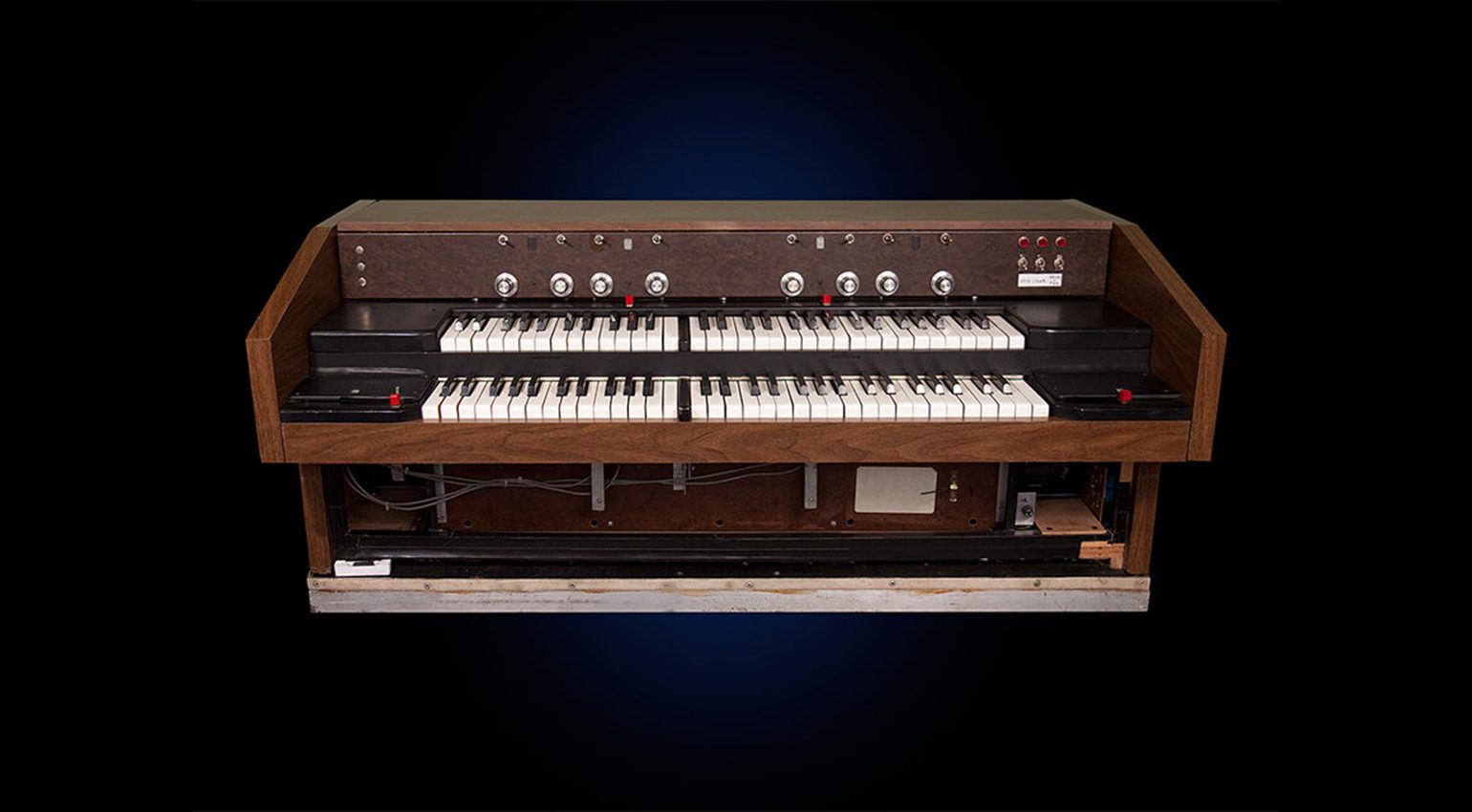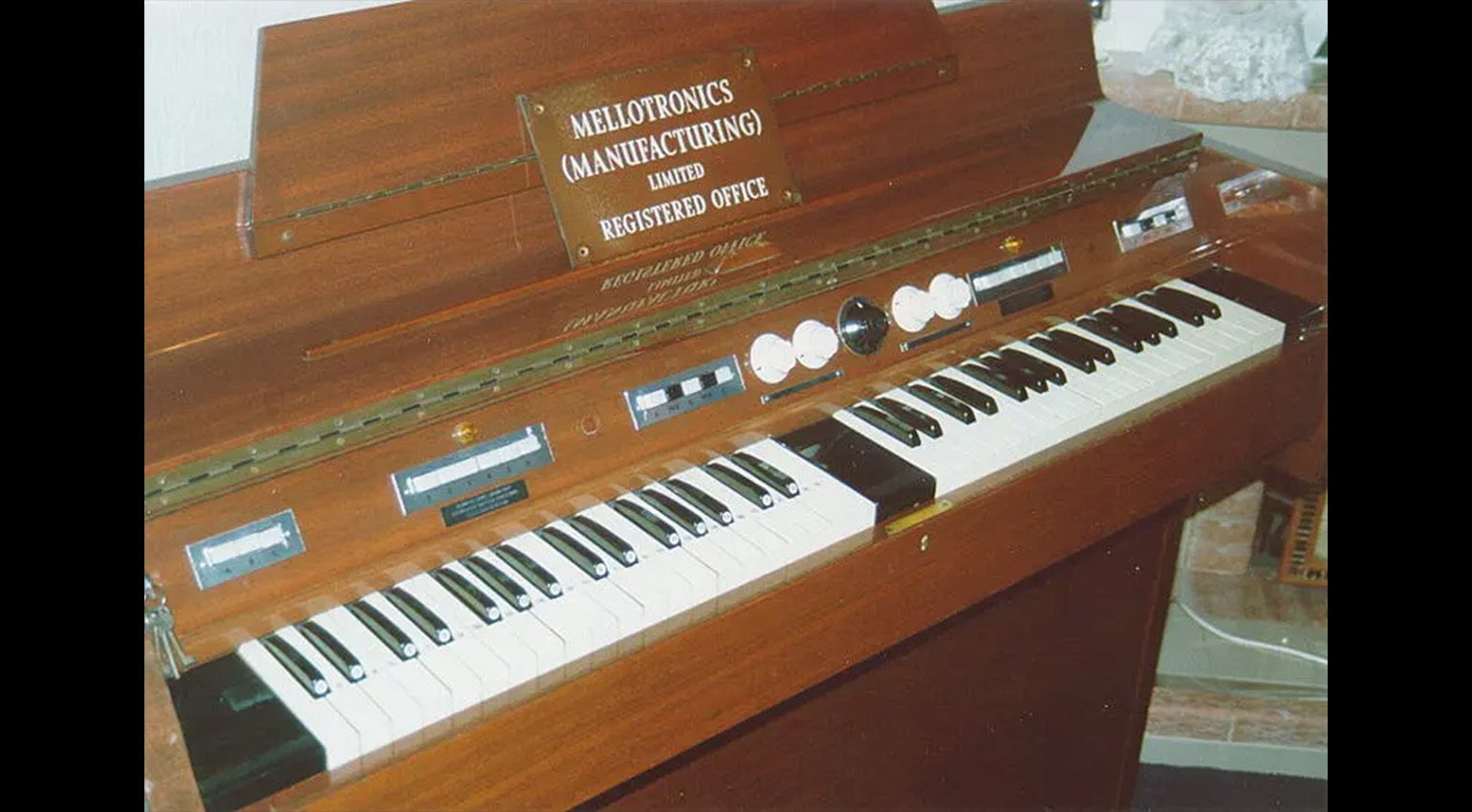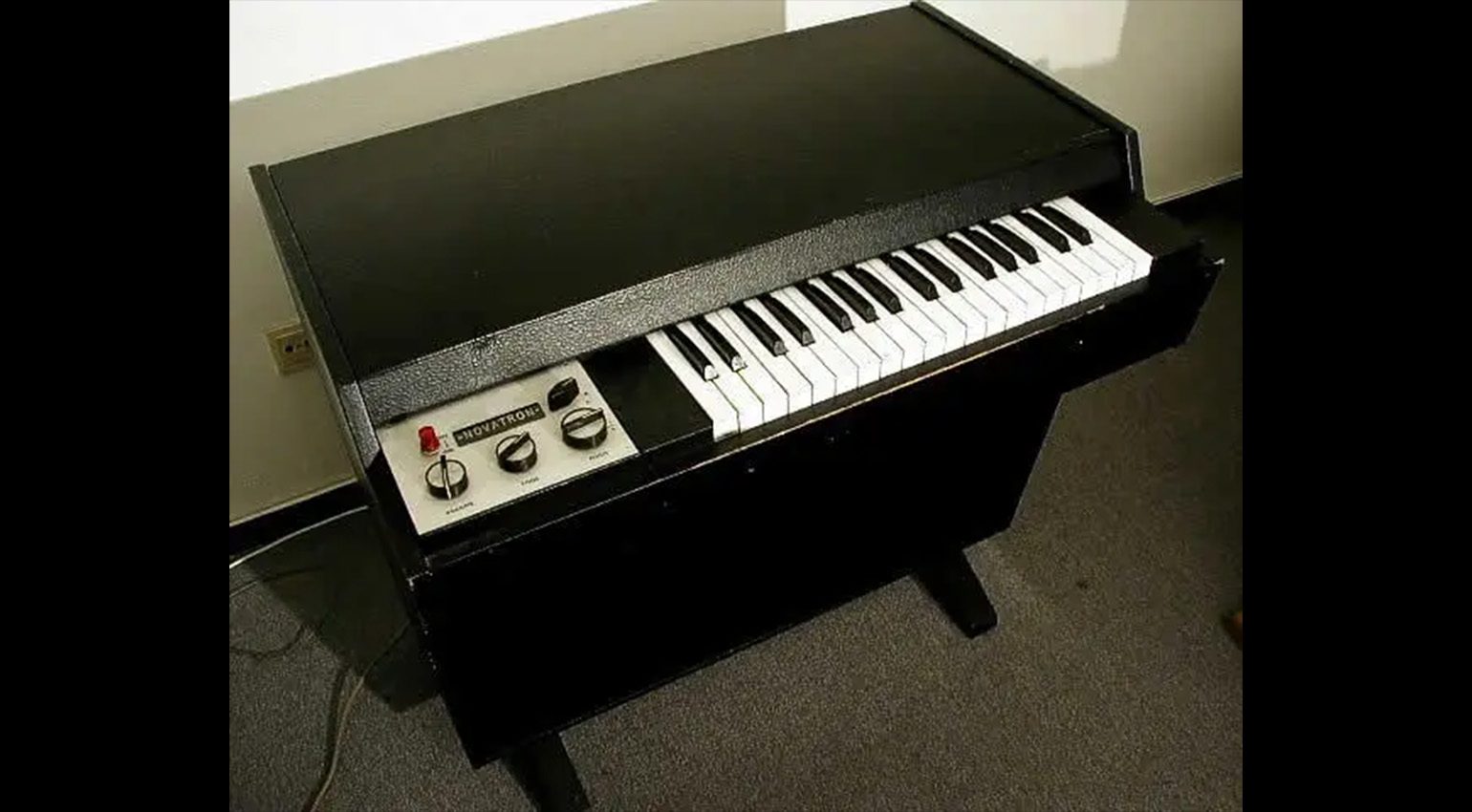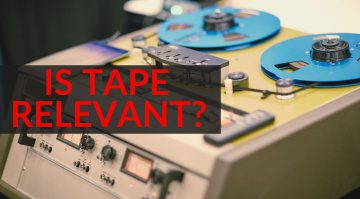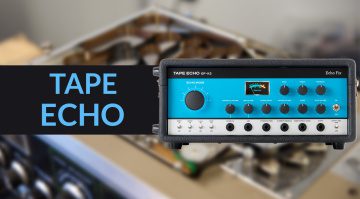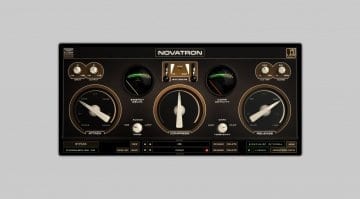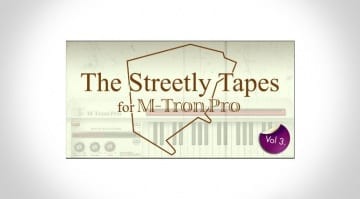British Giants: The History Of Mellotron. The world’s first sampler?
The prog rock favourite!
Everyone from the Beatles to Oasis used the Mellotron, making this tape-based electromechanical keyboard one for the ages. Although it’s a very British story, the history of the Mellotron actually began in America. Know the whole story? Read on to find out more…
The History Of Mellotron
An analogue sampler. The world’s first ROMpler. The rich man’s arranger keyboard. The prog rock powerhouse. The Mellotron was all these things and many more. Its influence is massive and far-reaching, so much so that even though it’s not a synthesizer we just had to include it in this synthesizer history series.
Just in case you somehow aren’t aware, the Mellotron was a series of instruments that first appeared in England in the mid-1960s. They were capable of replicating acoustic sounds with incredible realism. This is because rather than oscillators and transistors, they used spools of magnetic tape containing the sounds of actual, recorded instruments. Each key had its own length of tape, which would be pressed to a playhead when finger touched key. Violins, flutes, full arrangements, drums – it was all there, and it was glorious.
The influence of the Mellotron on modern pop music is hard to understate. The flutes in The Beatles’ “Strawberry Fields Forever”? Mellotron. The strings in “The Rain Song” and the flutes in “Stairway to Heaven” by Led Zeppelin. Also Mellotron. Songs by Radiohead, Yes, Hawkwind, Oasis, OMD, even Marilyn Manson all contain the Mellotron.
You are currently viewing a placeholder content from YouTube. To access the actual content, click the button below. Please note that doing so will share data with third-party providers.
This is the story of a quintessentially British instrument. Our story, however, starts not in England but in America.
The History Of Mellotron: Enter the Chamberlin
In the post-war era, magnetic tape was all the rage. American Harry Chamberlin struck upon the idea of using it to provide sound for an instrument. Working at home starting in 1949, he developed the Chamberlin, an instrument packed with loops of tape. These contained meticulously recorded instruments (played by members of the Lawrence Welk Orchestra, no less) and allowed musicians and even laymen to sound like a full band.
With Bill Franson, his former window cleaner, as his salesman, Chamberlin slowly expanded his business, with Bobby Darin and Elvis Presley buying models. One day in 1962 Harry noticed that Bill had disappeared. The salesman had decamped to England, taking two Chamberlin Model 600s with him. There he placed an ad looking for a company that could supply him with tape playback heads, and he found Birmingham-based tape engineering company, Bradmatic Ltd.
The History Of Mellotron: Birmingham Bound
With plans to improve on the existing Chamberlin and studio time booked to record new tapes, the guys from Bradmatic formed a new company, Mellotronics. The first instrument they built, 1963’s Mellotron Mk 1, featured two manuals organized side by side, each with 35 keys and sounds. The right side contained the lead instruments while the left had rhythms and arrangements, the idea being that you could play entire songs with just a few fingers. Mk II, which came out the following year, featured a full complement of “stations,” multiple rhythm sections and lead instruments arranged onto multitrack tape. Designed for home and club use, cognoscenti of the time like Peter Sellers and Princess Margaret bought them, as did the BBC, which loaded theirs with custom foley sounds for use in the Radiophonic Workshop.
The History Of Mellotron: The Latest Models
By the mid-1960s, Harry Chamberlin had figured out what was going on. None too happy with his window cleaner, he nevertheless reached a deal with Mellotronics. They could continue to sell the Mellotron in the UK while Chamberlin would have exclusive rights over the United States. Mellotronics would rebadge as Streetly Electronics in 1970.
The first new instrument released after the agreement with Chamberlin was the M300 in 1968. This combined lead and rhythm into a single, 52-key manual. This was soon superseded by the M400 in 1970. In a nod to how musicians were increasingly using the Mellotron, the M400 did away with the rhythm altogether, leaving just lead sounds. Streetly also shrank the size, making it portable (relatively speaking) and thus more attractive to touring players.
The History Of Mellotron: A Tale Of Two Trons
Sales continued through the early 1970s, surely the golden age of the Mellotron. Thanks no doubt to the popularity of prog rock – plus a lack of any real non-organ polyphonic keyboard competition – Streetly managed to move around 1800 M400s. Not bad for an instrument that sold for £625, or the modern equivalent of around £12000/$15000.
However, due to a trademark disagreement with their American distributor, Streetly lost the rights to use the Mellotron brand. Unperturbed they carried on, switching the name of the product to Novatron. They released the Novatron Mark V in 1977 (based on the short-lived Streetly Mellotron Mark V from 1975) and the Novatron M400 in 1978, which was the classic M400 with a different nameplate. There was also the Novatron T550, which put the M400 in a flight case. Streetly closed up shop in 1986 due to a general lack of interest from musicians and a loss of market share to samplers.
Meanwhile, American usurpers Sound Sales gamely tried to make their own new Mellotron. The exceedingly rare 4 Track, which came out in 1980, never took off and only around five were ever made.
The History Of Mellotron: From Analogue To Digital
But that is not the end of our story. In 1997, Streetly reformed, initially to service existing Mellotrons and then, in 2007, to make new ones. Dubbed the M4000, it featured the layout and chassis of an M400 but with a digital bank selector to complement the tapes inside.
Meanwhile, in late 1980s America, Sound Sales were suffering the same fate that had befallen Streetly. American David Kean purchased the Mellotron estate from a floundering Sound Sales as well as what remained in the UK. Together with Swedish enthusiast Markus Resch, the two designed and built the Mark VI and Mark VII Mellotrons.
They say that if you can’t beat them, join them, and in 2010 Resch – now working on his own from Sweden – unveiled the Mellotron M4000D, the first digital Mellotron. He followed this with the M4000D Mini in 2012, M4000D Rack in 2014 and Mellotron Micro in 2017.

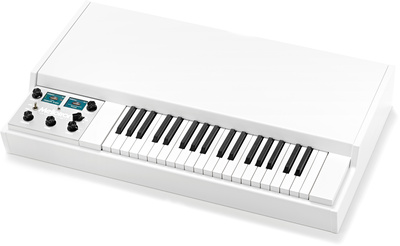

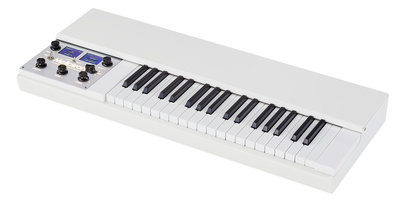

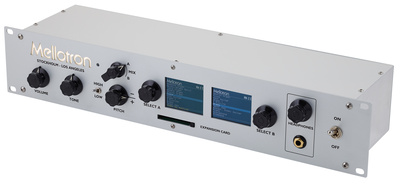

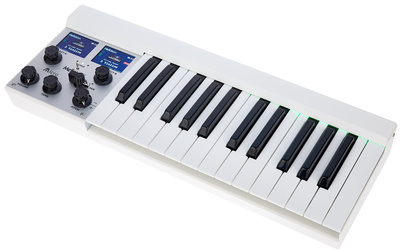
The Eternal Mellotron
What started as a kind of very expensive novelty has, through decades of use by clever and forward-thinking musicians, become a standard instrument. Like the Minimoog, Hammond organ or even Stratocaster guitar, the sound of the Mellotron now has its place in modern music. At turns eerie and haunting, and also quite beautiful, it can sound retro or futuristic, depending on how you use it.
While the modern digital versions are no doubt more user-friendly than the originals – if anything, they require much less upkeep – they’re still premium instruments with premium price points. Thankfully, developers and programmers have released countless Mellotron software recreations, including from GForce Software and Arturia. You may even have some Mellotron sounds as part of your stock DAW library.
The Mellotron is an incredible instrument with an even more incredible history. Long live the Mellotron, no matter who’s making them.

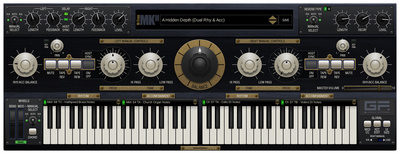
You are currently viewing a placeholder content from YouTube. To access the actual content, click the button below. Please note that doing so will share data with third-party providers.
More Information
- Mellotron homepage
- All about synthesizers

 4,9 / 5,0 |
4,9 / 5,0 | 